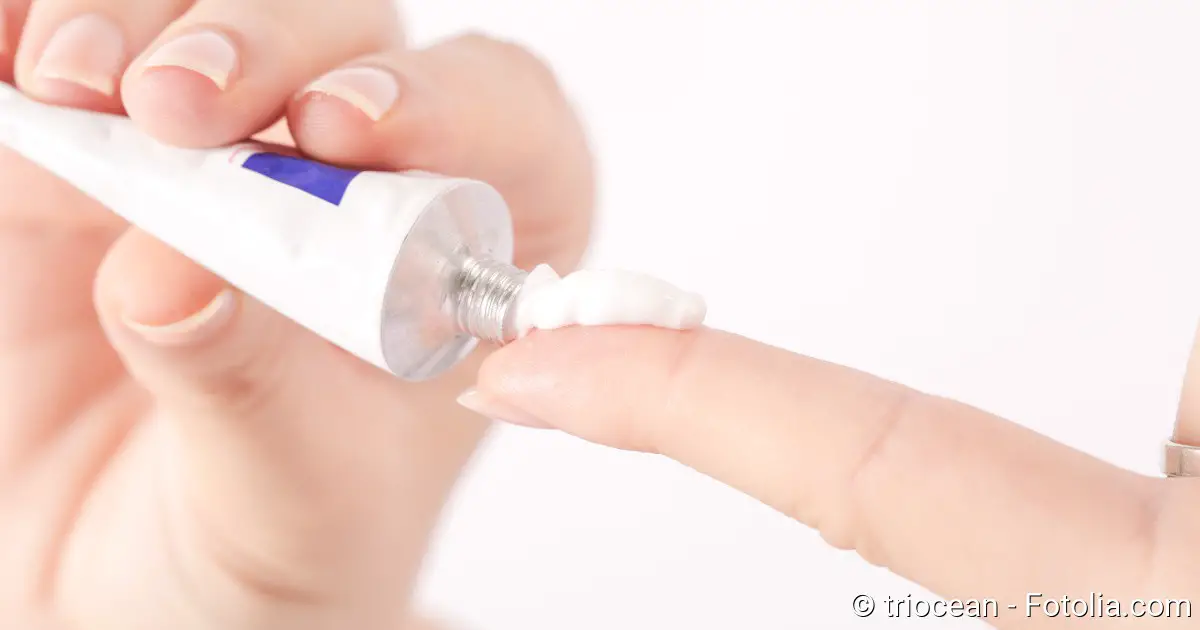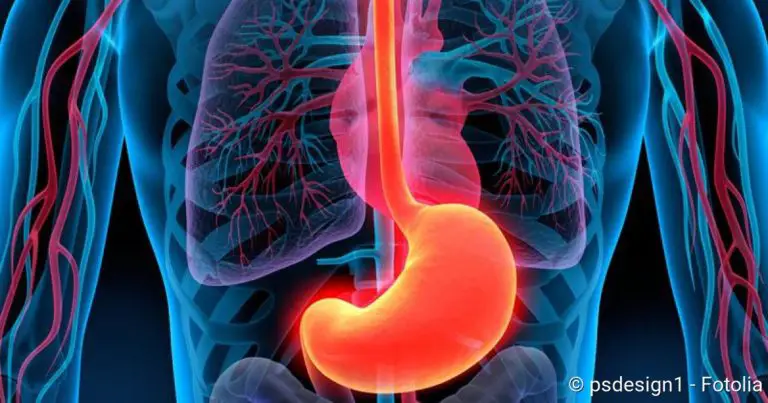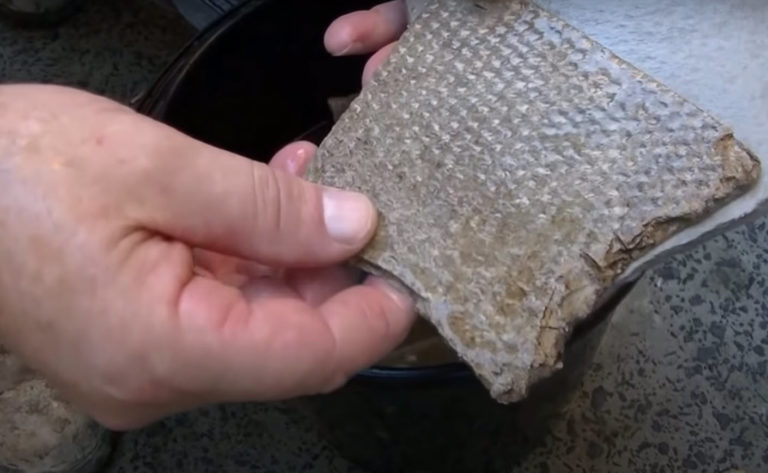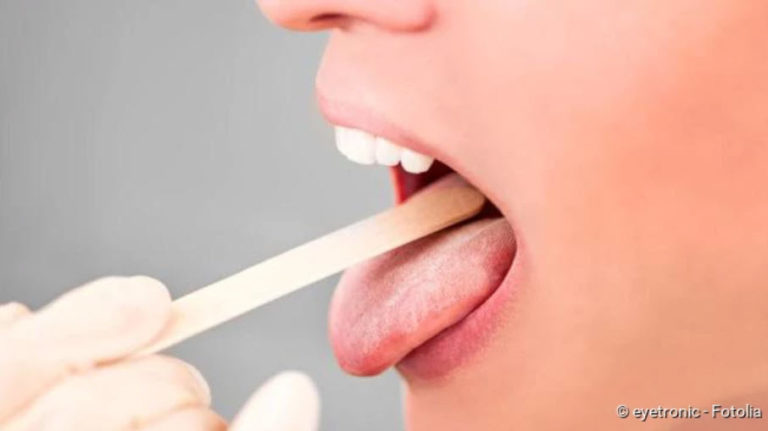Hemorrhoids Treatment, Symptoms And Prevention
Hemorrhoids Treatment, Symptoms, And Prevention
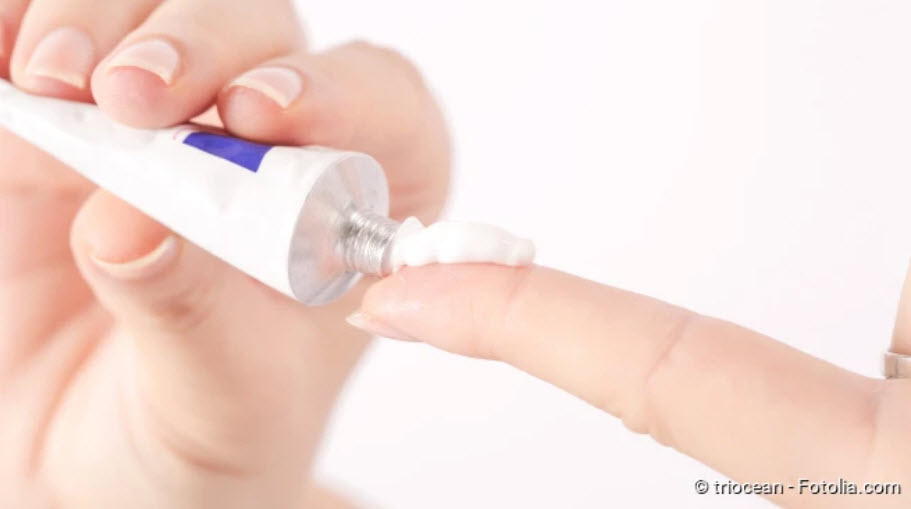
Hemorrhoids cause unpleasant symptoms such as burning and itching of the anus. Symptoms of this condition can also occur for other conditions as well (Source). Those affected, therefore, want to get rid of them as quickly as possible (Source). There are various possibilities for this (Source). Read more about the topic: What exactly are hemorrhoids? What complaints do they trigger? (Source) How can hemorrhoids be treated and prevented? (Source)
Hemorrhoids: Brief overview
- Treatment: depending on severity, wound ointments, zinc paste or vegetable ointments (witch hazel, aloe vera), cortisone ointment, local anesthetics, “sclerotherapy”, constriction (rubber band ligature), surgery (Source)
- Household remedies: anti-inflammatory and antipruritic sit-baths, linseed (to facilitate bowel movement)
- Prevention: fiber-rich diet, regular daily bowel movements, few presses during bowel movements, sufficient drinking, daily physical activity.
- Typical symptoms: Foreign body sensation, weeping, pain and/or itching in the anal area, light red blood on the stool or toilet paper
- Examinations: physical examination with palpation of the anal endoscope (proctoscopy) and rectoscope (rectoscopy) (Source)
- Complications: Skin irritation, anal eczema, anemia, fecal incontinence, and others (Source)
Hemorrhoids: Treatment
Everyone has hemorrhoids (also: hemorrhoid, in singular): The sponge-like, well supplied with blood vessel cushion sits at the exit of the rectum. It seals the anus together with the sphincters.
But if the hemorrhoids are enlarged, they can cause discomfort. Those affected complain of pain, itching, and burning of the anus, for example. Doctors then speak of a hemorrhoidal disease. Colloquially, it simply means that someone has hemorrhoids.
There are several ways to have such pathologically enlarged hemorrhoids treated. The severity of the hemorrhoidal disease plays a role in this:
- Grade 1: The mildest and most common form is 1st-degree hemorrhoids. They are not palpable and are only visible during anal canal endoscopy (proctoscopy).
- Grade 2: 2nd-degree hemorrhoids bulge outwards during pressing and then retract into the anal canal on their own.
- Grade 3: Also grade 3 hemorrhoids emerge from the anus during pressing. But you have to push them back with your finger.
- Grade 4: 4th-degree hemorrhoids are permanently visible outside the anus. They can no longer be pushed back into the anal canal. Often some anal mucosa also protrudes (anal prolapse).
Depending on the severity of the haemorrhoidal disease, various therapeutic options are possible. It is best to discuss with your family doctor which therapy method is most appropriate in your case. He will then transfer them to the right steep slope. After all, which doctor is ultimately the right contact person for hemorrhoids depends on the type of treatment. This could be a proctologist, surgeon or gastroenterologist.
The basis of any hemorrhoid treatment is a healthy diet and regular bowel movements. Both also help to prevent hemorrhoids. If necessary, conservative measures such as pain-relieving ointments can also be used. In the case of persistent complaints or severe haemorrhoidal disease, surgery is usually necessary.
Hemorrhoid Treatment With Medication
Drugs are used in the treatment of hemorrhoids to alleviate the symptoms. They can be helpful for hemorrhoids of any degree of severity. Various active ingredients are available. Some have an anti-inflammatory effect, others have a local anesthetic.
Anti-inflammatory drugs
Painful hemorrhoids can be treated well with ointments or zinc paste. Vegetable ointments or suppositories are also available, for example preparations based on witch hazel (Virginian witch hazel) or aloe vera. The preparations are said to help against haemorrhoidal complaints such as skin irritation and itching.
Your doctor may also prescribe ointments containing cortisone. They contain for example prednisolone or hydrocortisone acetate. These active ingredients inhibit the immune system, which counteracts inflammation of the anus. Use ointments containing cortisone only as long as your doctor has recommended it. Used over a longer period of time they can lead to skin atrophy. This means that the skin becomes irreversibly thinner and therefore more vulnerable. Cortisone ointments also promote fungal infections in the intestine.

Local anesthetics also help against itching and pain. These anesthetize the affected area locally so that the patients no longer feel any pain. Examples of local anesthetics are benzocaine, cinchocaine, and lidocaine.
Just like cortisone ointments, local anesthetics may only be used for a short time. The reason: they can cause allergies. If you have previously had an allergic reaction to local anesthetics, you should inform your doctor before hemorrhoids treatment.
Use of the medication
The ointments can be placed directly in the anus using an applicator. Alternatively, you can spread the ointment on a compress and use it as an insert.
Some active substances are offered as anal tampons. These are suppositories with a strip of gauze. They remain in the anal canal and release their active ingredient there. Conventional suppositories, on the other hand, release their active ingredient in the upper sections of the intestine.
Caution with laxatives!
Bowel movements can be very painful in the case of a haemorrhoidal disease and cause bleeding at the anus. However, you should still use laxatives after consulting your doctor. Some preparations only help against constipation in the short term and make the bowel sluggish with prolonged use. This causes them to clog up again.
Desertification, freezing or strangulation of hemorrhoids
Slight hemorrhoids (especially grade 1) are often sclerosed. To do this, the doctor injects sclerosing substances in the area of a hemorrhoid, for example, zinc chloride. The blood flow into the hemorrhoid is blocked, the tissue shrinks and solidifies. This method is called sclerotherapy. Correctly performed, it is painless for the patient. However, to treat all enlarged hemorrhoids, several procedures are usually necessary.
Hemorrhoids can also be obliterated by irradiating them with infrared light. However, this infrared coagulation is not considered to be very successful.
Another possibility is to freeze the hemorrhoids with nitrous oxide or liquid nitrogen. Doctors speak of cryohaemorrhoidectomy. Similar to infrared coagulation, however, the chances of success are not very high.
Better chances of success are offered by “tying up” the hemorrhoids: Called a rubber band ligature or hemorrhoid ligature. The doctor sucks up individual hemorrhoids and ties them with rubber bands. The patient generally feels no pain. The tissue dies due to the interrupted blood supply. The hemorrhoid falls off after one to two weeks. This may result in bleeding. A hemorrhoids treatment by means of rubber band ligation is carried out especially for 2nd-degree hemorrhoids (sometimes also 3rd degree).
Operation of hemorrhoids
The last option of hemorrhoid treatment is the classic hemorrhoid operation. The hemorrhoids are cut out completely. This haemorrhoidectomy is indicated if the symptoms cannot be alleviated with other treatment methods (such as sclerotherapy). Also 3rd and 4th-degree hemorrhoids often have to be operated.
There are different techniques for hemorrhoid surgery. The haemorrhoidal tissue can be removed with scissors, a scalpel or laser. In some procedures the surgical wound in the rectum is sutured completely or partially, in others it remains open.
Modern methods of hemorrhoid treatment
In the meantime, there are also some modern procedures that can be used to remove hemorrhoids. They are considered gentler than a classic haemorrhoidectomy. One example is the forklift operation to Longo:
It is suitable for 3rd-degree hemorrhoids: These are hemorrhoids that have prolapsed from the anus (prolapse) but can still be pushed back easily. During the procedure, a special stapler is used to punch a strip of the anal mucosa above the hemorrhoids. Then “pull” the prolapsed hemorrhoids back into the anal canal and staple the wound edges together with staples.
The method is considered less painful than a hemorrhoidectomy. Patients usually need fewer painkillers afterwards and can leave the hospital earlier. However, there are also disadvantages, including the increased risk of relapse: new hemorrhoids form more quickly and more frequently after a longo operation than after a hemorrhoidectomy.
Hemorrhoids: Home remedies
As a hemorrhoids patient, you can also do a lot of yourself against your suffering. For example, you can take sitz baths with anti-inflammatory tanning agents to relieve itching and pain in the anus. To facilitate bowel movement, you can take linseed together with plenty of liquid.
The various home remedies and advice are sometimes enough to make light hemorrhoids disappear. However, they are also useful for more advanced hemorrhoids: they can alleviate the symptoms and support medical treatment.
More household remedies and valuable advice for hemorrhoids can be found in the article Hemorrhoids – Home remedies.
Prevention Of Hemorrhoids
The basic measures of hemorrhoids treatment also apply if you want to prevent hemorrhoids: a fiber-rich diet and regular bowel movements.
The most important tips for prevention and as a basic therapy for hemorrhoids are:
- Eat foods with high fiber content on a regular basis. This prevents constipation. Many fibers are found in wholemeal bread, muesli, wheat bran, sesame, oat flakes, pulses, vegetables, and fresh fruit (without peeling it, in general).
- Drink at least 1.5 liters of liquids per day. Then the dietary fibers in the intestines can swell well. Recommended are mainly water and other calorie-free drinks such as unsweetened tea.
- Eat as little food as possible that promotes constipation. These include white bread, chocolate, white rice, and white noodles. Black tea also makes the bowel sluggish when it has been steeped for a long time.
- Exercise sufficiently and regularly. If you are overweight, you should lose a few pounds.
- Take your time to defecate, if possible always at the same time of day (after breakfast). This way you get your bowels used to a regular bowel movement.
- Do not press too hard during bowel movements.
- Use laxatives (including natural or herbal products) only after consulting your doctor!
Hemorrhoids: Symptoms
How do patients first become aware of possible hemorrhoids? Blood in the stool is often the first sign. The color of the blood is decisive here: bleeding hemorrhoids give off light red blood. It indicates bleeding from arterial vessels. Dark red blood usually comes from a venous vessel. Other intestinal diseases must be considered here.
Hemorrhoids often bleed after defecation, as the pressing causes increased blood to accumulate in the vessels. The blood may be on top of the stool, stick to toilet paper, or drip into the toilet. Normally, hemorrhoids only bleed weakly. However, they can become very strong, especially in advanced disease. Then you should definitely see a doctor.
A normal bowel movement and normal defecation are important. This means: generally once a day, no longer than five minutes. Everything that supports normal digestion is therefore helpful. For some, this may mean more exercise, for others a change of diet. Not everyone can tolerate a lot of fiber.
In case of complaints, first, see if you have normal bowel movements or if you can normalize them. If the symptoms persist or reappear after a short time, a visit to a doctor is advisable. The smaller the hemorrhoids, the easier the treatment. If you wait too long, sometimes only surgery can help.
Advanced hemorrhoid symptoms
Hemorrhoids usually change their symptoms in the course of the disease: Thus, in advanced hemorrhoids, itching and burning of the anus occur. Some patients also complain of a foreign body sensation, weeping, sore skin in the anal region or palpable protrusions. The latter is nothing else than the hemorrhoids that have fallen out of the anal canal. Pain also often only becomes apparent in advanced hemorrhoids.
Diarrhea is not a typical hemorrhoid symptom. Nevertheless, diarrhoea-like symptoms may occur in the course of the disease: Those affected often report mucous secretions from the intestines. Some patients also suffer from fecal incontinence. This means that stool or mucus is released uncontrollably. The reason is that enlarged hemorrhoids can no longer fulfill their main task: the tight closure of the anus.
Fake (external) hemorrhoids
Genuine (internal) hemorrhoids develop from dilated arteries of the vascular cushion, which is located inside the rectum near the exit (anus). So-called pseudo (external) hemorrhoids are to be distinguished from this: These are protrusions are blood clots (thromboses) in the venous system of the anal sphincter muscle, which forms on the outer edge of the anus. They are sometimes confused with real hemorrhoids, which bulge out of the anus. That’s why they are also called impure or external hemorrhoids. The medically correct term is perianal thrombosis.
Hemorrhoids: Causes and risk factors
Basically, hemorrhoids are an expansion of the arterial vessels of the haemorrhoidal cushion. But how exactly do hemorrhoids develop?
There are now various theories about the factors that promote their development and the vasodilatation in the rectum. One of these factors is repeated heavy pressing during bowel movements. Especially people with chronic constipation (constipation) are prone to it. This is why they suffer particularly often from hemorrhoids. Constipation is usually caused by a low-fiber diet, lack of exercise, and/or insufficient fluid intake.
Just like heavy pressing during a bowel movement, lifting heavy loads also increases the pressure in the abdomen. So if you have to carry heavy loads regularly, this can also promote haemorrhoidal disease.
Another possible cause of hemorrhoids is frequent diarrhea: if you constantly only defecate thin stools, the sensitive closure system of the anus is not sufficiently trained. As a result, the arteries in the hemorrhoidal cushion may dilate.
Circumstances that impede the flow of blood from the erectile tissue can also contribute to the development of hemorrhoids. These include pregnancy, overweight and sedentary activities.
A congenital weakness of the blood vessel walls can also favor the development of hemorrhoids. Such vascular wall weakness probably also contributes to the fact that the risk of hemorrhoids increases with age: The vessel walls become less elastic over the years.
By the way: there are also hemorrhoids in children, although much less frequently than in adults. Chronic constipation is one of the possible causes.
Hemorrhoids In Pregnancy
Pregnancy is a known risk factor for hemorrhoidal disease. But how do hemorrhoids develop during pregnancy?
As mentioned above, one reason is the reduced outflow of blood from the arteries of the hemorrhoidal cushion: the growing child in the abdomen presses on the mother’s rectum. This blocks the blood circulation, causing the vascular cushion at the rectal exit to dilate.
The hormonal changes during pregnancy also favor hemorrhoids.
You can read more about hemorrhoids in expectant mothers in the article Hemorrhoids – Pregnancy.
Hemorrhoids: Examinations and diagnosis
Complaints such as burning and itching of the anus as well as blood in the stool is embarrassing for many people. You don’t like going to the doctor with this. It is very important to have the symptoms clarified by a doctor. Often there are actually enlarged hemorrhoids behind it. Then the following applies: The earlier they are detected, the easier they are to treat.
Sometimes other diseases are also the cause of the complaints, such as perianal thrombosis, anal abscess, herpes, eczema or fungal infections. In the worst case, intestinal cancer is behind it (blood in the stool!). Therefore, do not be afraid to consult your general practitioner early on if you suffer from the above-mentioned complaints.
Detailed discussion
The doctor will first talk to you in detail to take your medical history (anamnesis). He will ask you the following questions, among others:
- How long have you had the symptoms?
- Have you noticed blood after defecation?
- Do you feel pain or itching in your anus?
- Do you suffer from constipation?
- Do you eat a lot of fruit and vegetables?
- What do you do professionally (sedentary or physically active work)?
Studies
This is followed by the physical examination. The doctor palpates the anal area and the anal canal with his finger (digital rectal examination). This enables him to examine the anal sphincters and the condition of the anal mucosa. The examination often provides clear evidence of hemorrhoids. For further examinations, your family doctor can refer you to a specialist, for example, a proctologist.
This will examine the rectum in more detail. For this purpose, he can perform an anal canal endoscopy (proctoscopy) or a rectoscopy (endoscopy of the rectum). A small tube of varying length is inserted into the rectum with a tiny camera so that the doctor can get a visual impression.
Sometimes a colonoscopy of the entire colon is also necessary (colonoscopy). It is mainly used to rule out intestinal cancer when blood is added to the stool.
Hemorrhoids: Course of disease and prognosis
Hemorrhoid surgery: Possible complications
Complications can also occur after a surgical procedure. These include, for example, secondary bleeding, pain, and the formation of blood clots (thromboses) in the anus. Infections, abscesses, and a narrowing of the bowel outlet (anal stenosis) are also possible. In rare cases, hemorrhoid patients can no longer control their bowel movements voluntarily after surgery (fecal incontinence).
